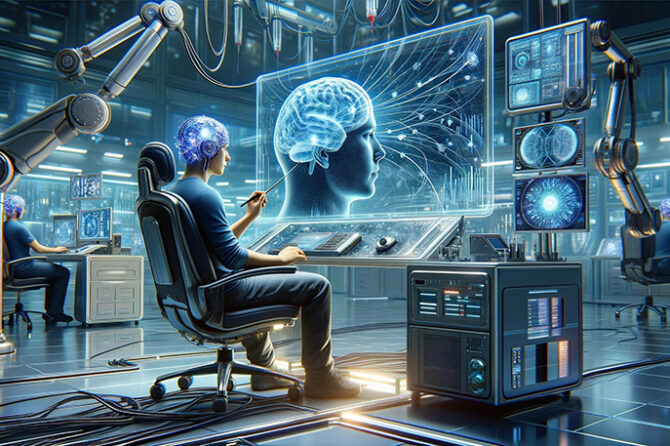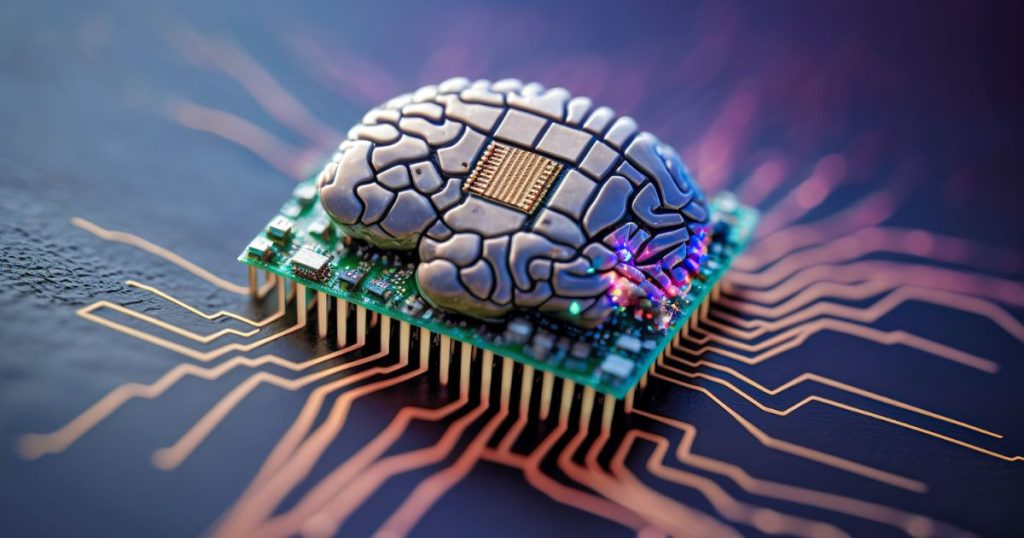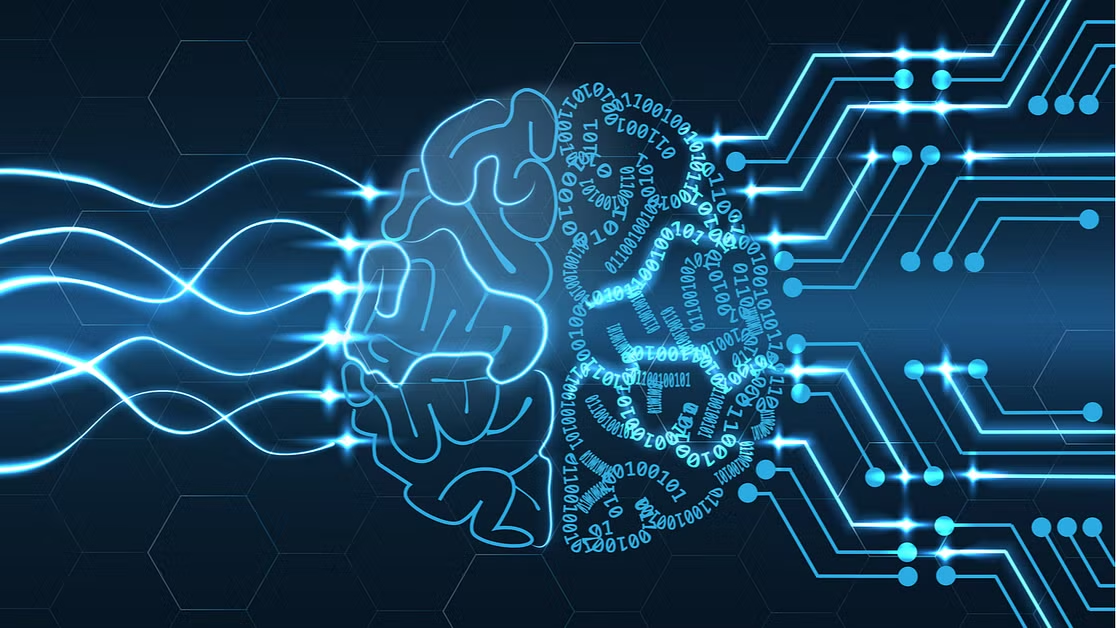A Multidisciplinary Marvel: The Brain-Computer Interface (BCI)
The Brain-Computer Interface (BCI) technology intersects across neuroscience, signal detection, processing, and pattern recognition, heralding a groundbreaking real-time communication system tethering the brain to external devices.
Even with compromised neurological pathways or motor functions due to injury, intact cerebral faculties harbor the ability to dispatch control commands through electric brain signals. These signals display systematic changes in response to specific cognitive activities or external stimuli, ripe for BCI applications.
The Heart of BCI Technology
At the core of BCI technology lies the transformative algorithm – a medium converting the input brain signals into precise, discernible commands capable of steering external devices. This process encompasses the quest for effective signal processing and algorithmic translation, ensuring neural electric signals make the real-time leap to executable, machine-recognizable functions.

Setting Standards for Synergy
Universal benchmarks for BCIs are imperative for their technological evolution and wider acceptance. Robust signals reflect distinctive cerebral states and are readily extractable and classifiable, with brain waves embodying these traits.
The Principles and Paradigms of BCI
Neuroscientific inquiry suggests that preliminaries of intended motion or external stimuli provoke detectable shifts in the brain’s electrical conduct. Corresponding neural activity adjustments serve as harbingers for upcoming actions, detectable, and usable as characteristic signals.
The brain’s plasticity could be a key enabler for BCI’s neuro-rehabilitative potential. Whether structural, reflecting new synaptic connections born from learning experiences, or functional, indicative of cognitive repurposing across cerebral regions, plasticity plays a central role.
The Fundamental Operation of BCIs
The paradigm: Decode the action-intention linked neural changes, code them into computerized languages, and metamorphose thought into commands driving devices without peripheral nerve or muscle involvement, achieving cerebral control over external environments.

Decomposing BCI’s Structure
Principally, BCIs consist of input, output, signal processing, and conversion subsystems. Input phases yield and detail brain activity signals, which are then processed and analyzed. This analysis turns analogue waves into digital representations for swift computer comprehension and further classifies these features to determine the associated cognitive activity.
Conversion segments translate this data into operational commands, manipulating output devices, or expressing intents, thus mediating the dialogue between input and output domains, enhancing the BCI system’s overall fidelity.
Divergent Categories of BCI
Based on spontaneous brain signals or those induced by external stimulants, BCIs vary widely. Some require intensive training, facilitating arbitrary pointer movement across dimensions, while others, demanding minimal conditioning, constrain selections to prelisted options.
Moreover, BCIs can be stratified by the neural phenomena they harness—be it intrinsic cognitive tasks or stimuli-triggered responses—and by the signal detection modalities they employ, from surgically implanted electrodes to non-invasive setups.
Final Note
Consequently, while BCIs promise remarkable aid for movement-disabled individuals, control over devices in specialized contexts, and an evolution in entertainment, their advancement comes with considerations of user engagement, ethics, and regulatory oversight.


















































Discussion about this post